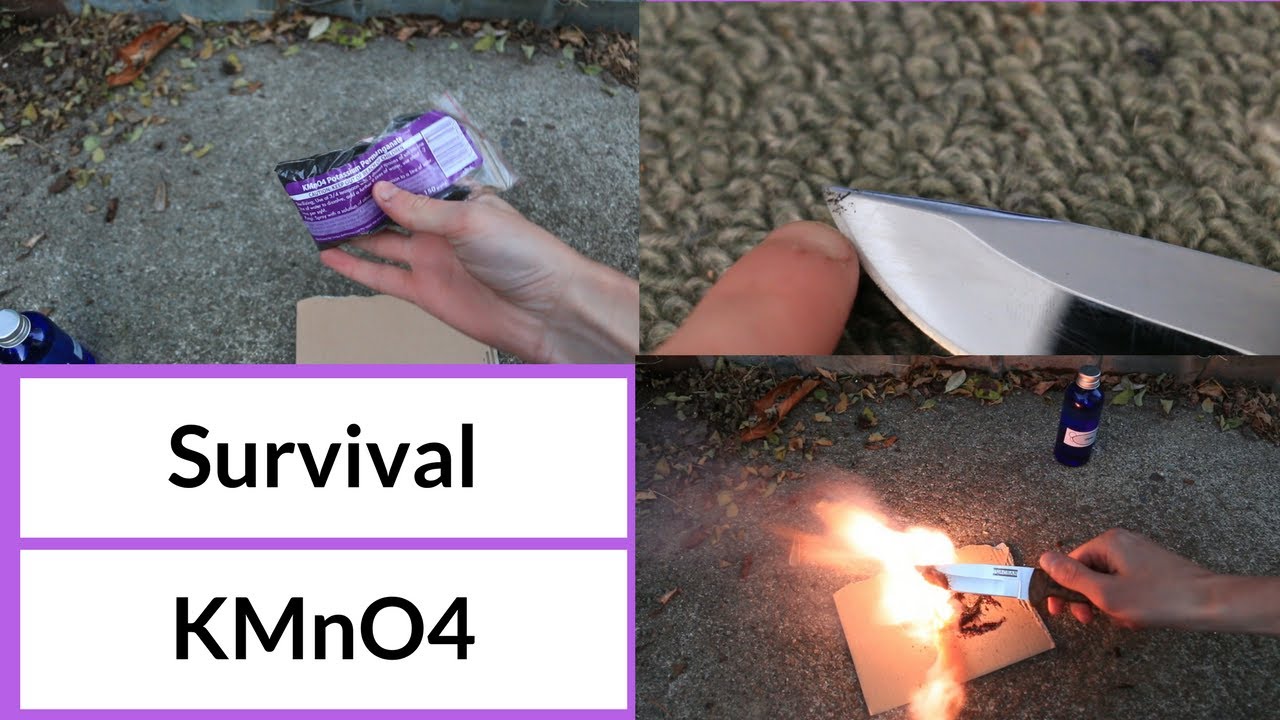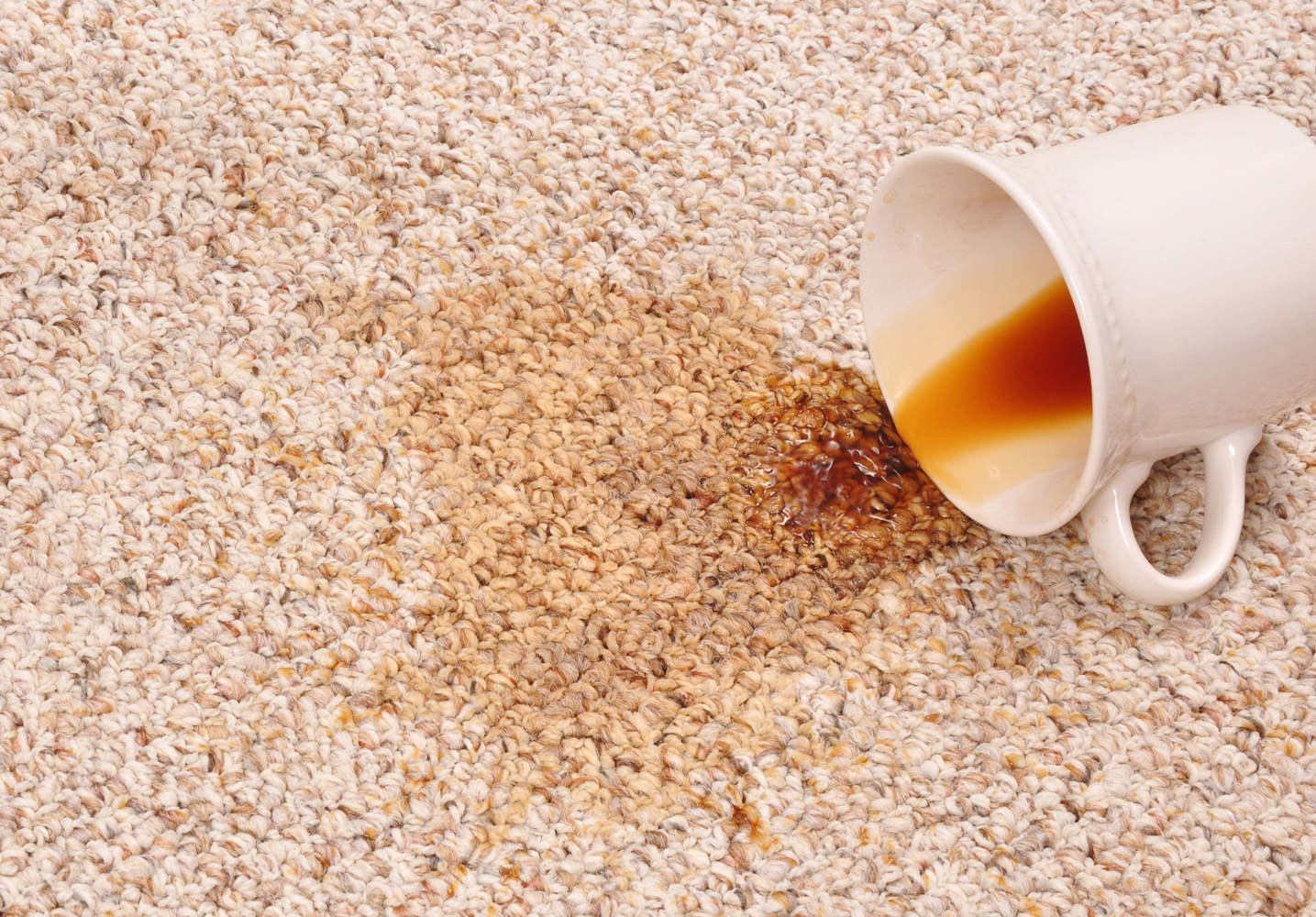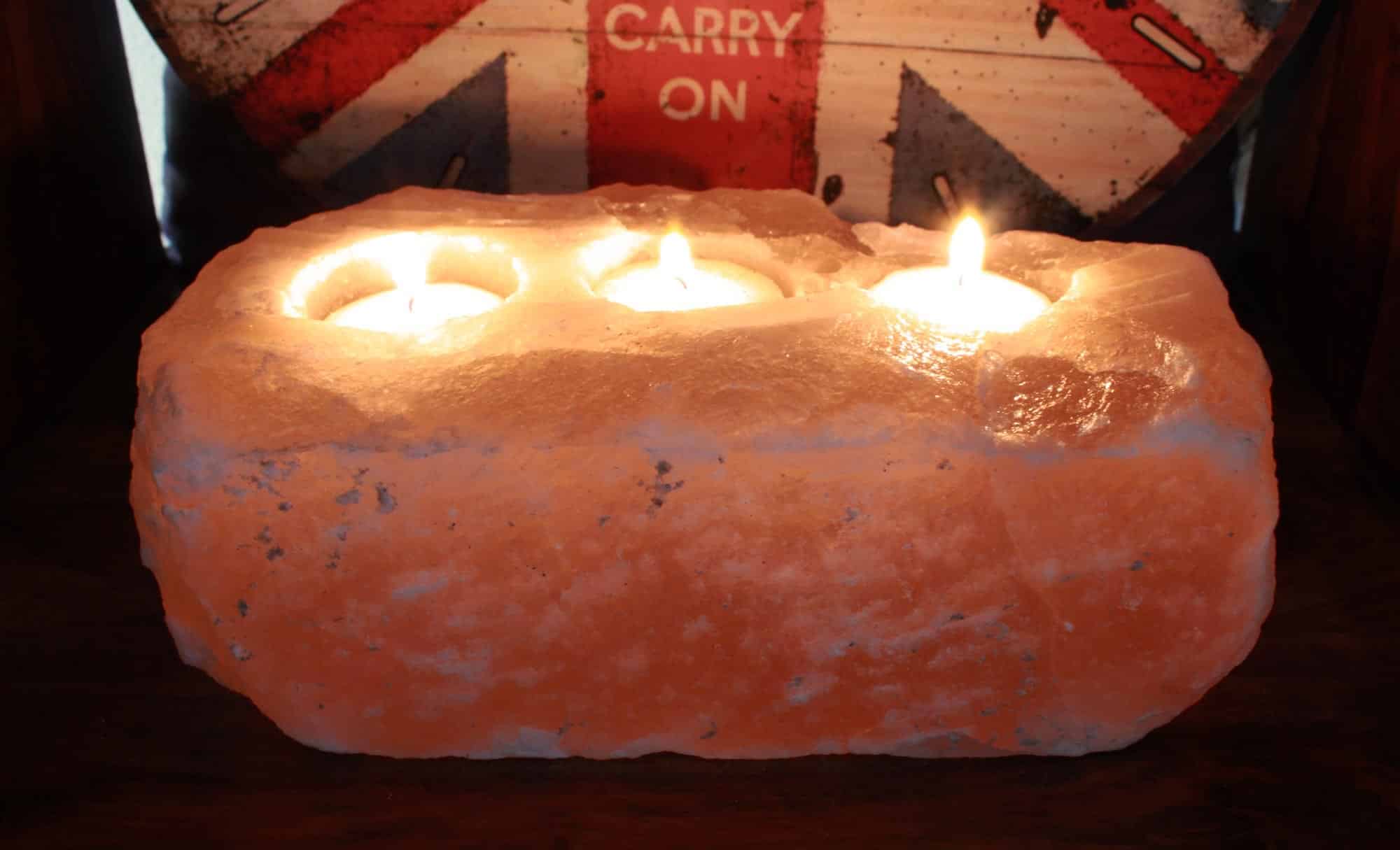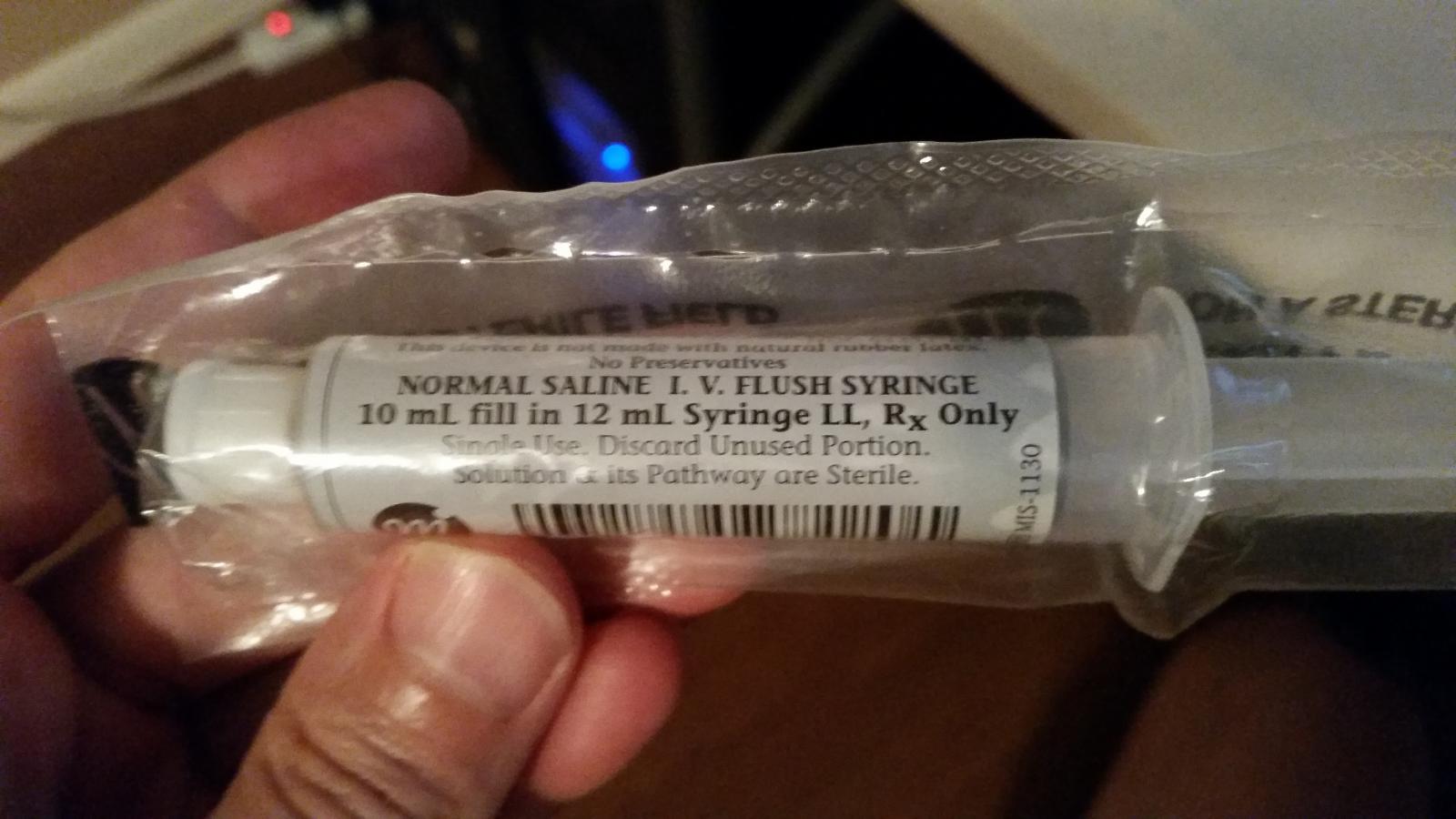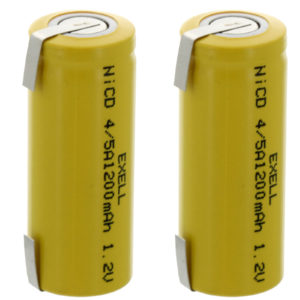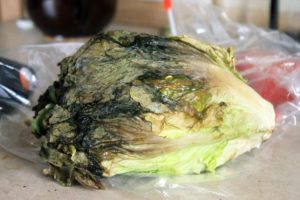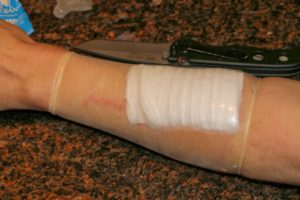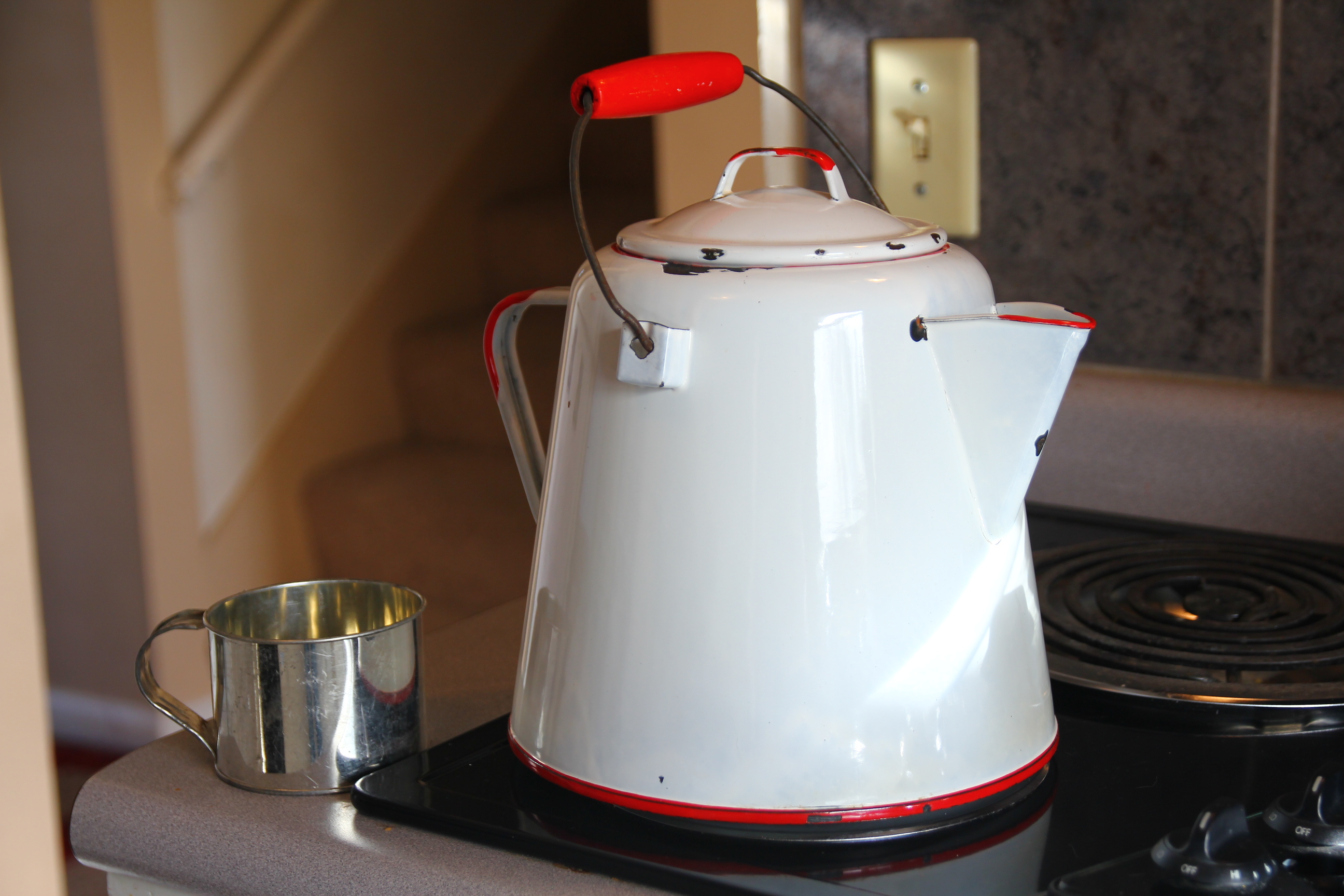10 Clever Toothpaste Uses in an SHTF Situation
There’s no better nor frustrating way of knowing that it’s six in the A.M and you need to go to work then having to waddle all the way to the bathroom in order to massage those gums.
Have you seen The Green Mile? No matter how hard I try, I still end up crying like a toddler at that scene where Paul and the others escort Coffey to the electric chair. Well, that’s how all of my mornings fell, more or less – dead man walking the walk just to have his brain zapped by yet another glorious 9-to-5 bull session.
Anyway, rant aside, during one of the tedious morns, while shining my chicklets, a thought crossed my mind – is there any other way of using toothpaste besides, well, brushing your teeth?
As always, yours faithfully hoped on the computer and did a little bit of snooping. Of course, as you’re probably painfully aware by now, not everything you find on the Internet should be taken for granted (there was this guy who wrote this ginormous article on how common toothpaste brands such as Colgate or Lacalut can magically heal anything from brain cancer to athlete’s food).
So, after weighing in the facts and laughing my can off in the process, I’ve discovered a couple of nifty and very real ways of using toothpaste outside the bathroom.
Because talk’s cheap and so is the author, let’s get down to business. Here are 10 ingenious ways you can use toothpaste in any SHTF situation.
Acne buster
Do you think that only pre-pubescent guys and girls have to deal with acne? Dead wrong! Acne is a long-term skin condition. Very long-termed, I might add, and this is not coming from a guy who wrestled with acne until his late 30s. Anyway, besides taking your prescription meds (which is a must), you can try rubbing a bit of toothpaste on some of the more problematic areas.
You don’t need much; just a squirt the size of a pea. Gently massage the area, rinse with cold water, and you’re all set to go. It won’t make acne vanish overnight but, in a couple of weeks, you’ll see fewer whiteheads and pimples on your face. This trick is also great for people with oily skin – rub a bit of toothpaste, and your skin will become smoother than a baby’s bottom.
Getting rid of mosquito bites
If it’s one thing I hate more than doing taxes, it’s mosquitos. Summer comes, those dreaded seem to pop out of the ground to spread their reign of terror. Sure, a can of bug repellant will do the trick, but I usually find myself covered in tens of mosquito bites, long before I get around to using the bug spray. A mosquito bite shouldn’t be a reason for concern (unless you live near the Nile area), but there’s nothing you can do about the itching.
Probably most of you end up with bites ten times their original sizes because you can’t simply stop scratching yourself. Well, after trying everything from soothing sprays to medicinal alcohol, I’ve discovered that you can get rid of the itching if put a pea-sized amount of toothpaste on the bite area. I would go with the peppermint variety because it has that cool feeling to it. Works just fine on other types of insect bites.
Treat burns
A great way to relieve pain and to prevent blistering is by putting a little bit of toothpaste on the scorch mark. Before applying sterile gauze, submerge the burn area in cold water and apply a tiny amount of toothpaste. Since the stuff has powerful antibacterial properties, it will keep the nasty germs at bay and, in addition, create a waterproof barrier.
What can I say? It’s a win-win situation. Word of caution, though – this works for minor burns (a drop of hot oil or wax on hand, applying too much pressure on cigarette butt). For more severe burns, ditch the toothpaste, and get your can to the hospital.
Plugging empty nail holes
For me and my family, spring is more about redecorating than actually doing any cleaning. So, old pictures end up in the attic, and new ones take their place. However, there are instances when the pic we choose for a room really doesn’t match the décor. The result – we end up with one more empty spot and a nail sticking out of the wall.
Most times, I let them nails alone because pulling them would not solve anything except ending up another hole in the wall. If you have the same problem, try this simple hack – get a little bit of toothpaste and plug the hole. Use a hair dryer or something to harden up the paste. You can leave it like this if your rooms painted in hospital-white or take a brush an apply a coat of paint. Easy-peasy!
Poison Ivy treatment
Because mosquito bites are the least of your worries when you’re out camping or hiking. Two words: poison ivy. Apart from the fact that you feel that your entire skin’s on fire or something, not even the best cream will make the itching go away. Now, if you want to skip the step whereupon you’re forced to wear gloves or something as not to upset those pustules, try applying a little bit of toothpaste on the sting area. Of course, the skin sores won’t go away overnight, but you would feel less itchy.
Defog your goggles and windshield
Having to wear prescription glasses since adolescence sort of made me come up with cookie solutions to the cleaning and defogging issues. Back in my days, lenses were made from regular glass. Sure, they were heavy as shit, but at least there was no fogging. Fast-forwarding a bit, nowadays prescriptions are lighter, cheaper, more resilient to scratches, but they do tend to fog out more frequently compared to their glassy counterparts.
Anyway, if you want to prevent fogging, which becomes particularly dangerous when you’re behind the wheel, rub a little toothpaste on the lenses and rinse before leaving the house. I wouldn’t recommend doing this more than a couple of times per month since excessive use of water, and other stuff can wipe away the anti-glare and blue light coatings.
No more bruising
Bruising’s the inevitable denouement of any kind of sudden pressure exerted on the tissues. Remember when we were kids, and we used to come home covered in scrapes and bruises after a whole day of biking?
Well, times might have changed, but habits have not. I for one can’t let the week go by without a brownish patch on my arms and legs. A quick fix for bruises – making a thick paste out of water and toothpaste and applying it to the future bruise area.
The ingredients inside the toothpaste will restore circulation, preventing major discolorations and cutting down on recovery time.
Word of caution though – if you see more of those bruises on your body and know for a fact that you haven’t hit yourself within the last couple of hours, you should ditch the toothpaste remedy and go see a doctor. It may be the beginning of a simple iron deficiency or something life-threatening.
Makes for stronger nails
Brittle nails can be solved by dunking your hands in a bowl of water mixed with toothpaste. Yes, I know it sounds a little bit far-fetched, but do keep in mind that nail brittleness has all sorts of causes, one of them being germs. Since toothpaste contains quite a bit of that stuff, it will eliminate most bacteria, leaving your nails stronger, longer and shinier (was kidding about the longer part).
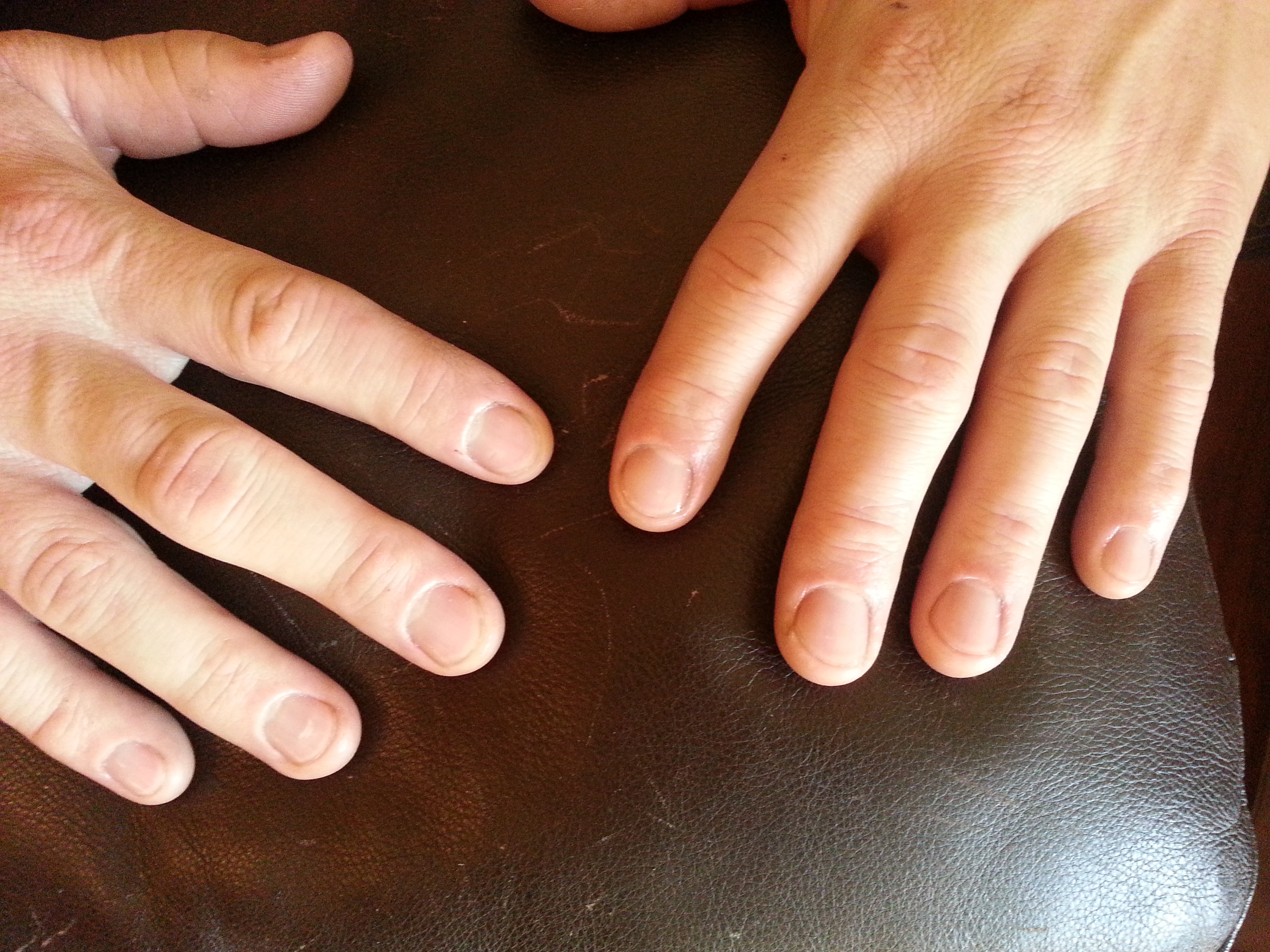
If you’re that kind of person whose nails tend to exfoliate no matter what you do, I would advise taking some calcium supplements or eating calcium-rich foods. Of course, you should also use this at least twice a week.
Revive your CD and DVD collection
Growing up in the era of computers and laptops, I managed to amass a collection of CDs, DVDs, Blue-Rays, and, yes, even floppy disks. Although most youngers don’t even know what a floppy was or how hard it was to store docs and games on them, from my experience I found them to be more resilient compared to optical storage devices such as CDs or DVDs.
Not even keeping them inside their original cases doesn’t seem to safeguard them from scratches. Sure, losing a CD or two is no big deal, considering that most of them are probably filled with all kind of crap we don’t need.

Still, it becomes truly tragic when we lose stuff like those CDs\DVDs where we stored family vacation photos or the holy wedding DVD (guilty!). It’s a gamble, but there may be a way to access that CD or DVD long enough to copy the data to your laptop or computer.
Take a closer look on the back side of the recording device and notice where the scratches are. Put a little bit of toothpaste on that area and wipe thoroughly with a clean cloth. As I’ve said, it may or may not work, but what have you got to lose?
Remove ink and tobacco stains from hands
Since everybody’s now bonkers about working on the computer, the ink has become less and less popular. Still, for those of you for who the fountain pen still means anything, ink spots from the fingers can be very difficult to remove.
A quick workaround would be to run some toothpaste on the stain and rinse with clean water. Works for clothes too. As for tobacco stains, you will need to prepare a mixture consisting of water, toothpaste, and baking soda. Stir and use a toothbrush to put the stuff on your fingers. Give it a good scrub and, voila – no more stains.
That about wraps it up on my cookie 10 alternative uses of toothpaste. If you were still in doubts about toothpaste should be stockpiled or not, here’s the answer to your question. As always, if you feel that I’ve missed anything, don’t be shy and hit the comment section. Would also love to hear about more how you people use toothpaste in the field.
Before you go, you may also like:
This is more than just about your guns…
How to survive any medical crisis situation with ease
10 Easy Steps to Secure your privacy
Secret Military Solution For Power Independence
DIY Unlimited water source
Why a food reserve is way better than the Federal Reserve
Lost Skills of our Ancestors that still work today
A thought crossed my mind – is there any other way of using toothpaste besides, well, brushing your teeth? I found not one, but ten.






